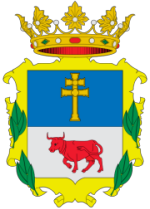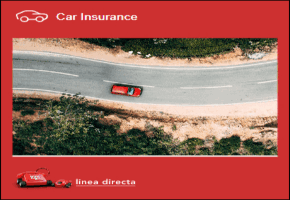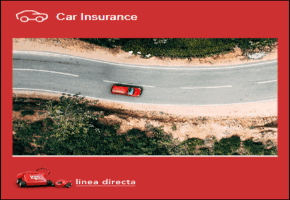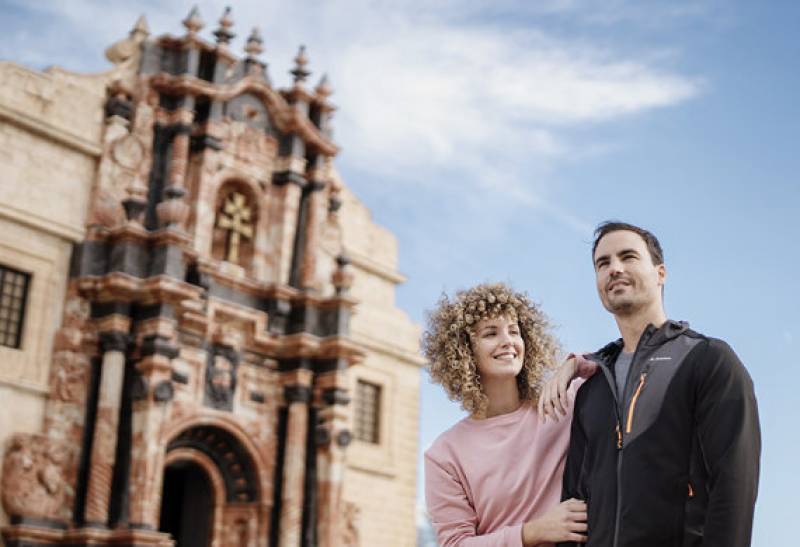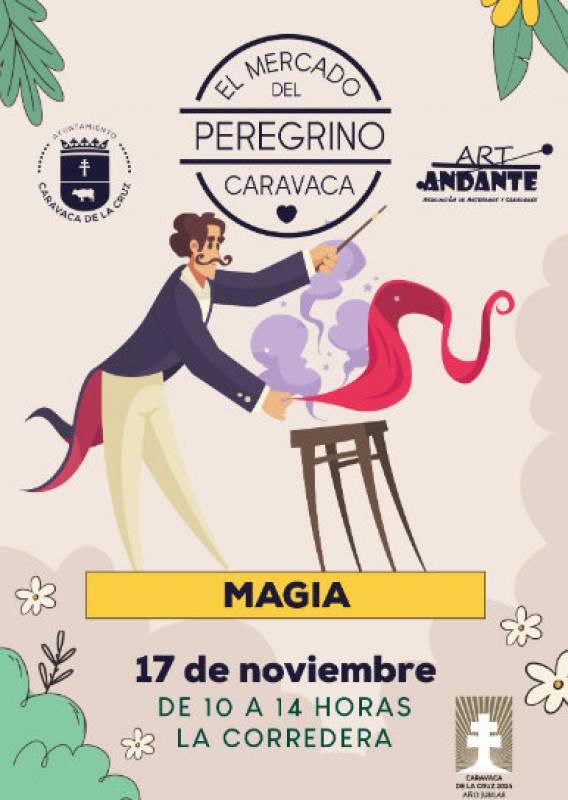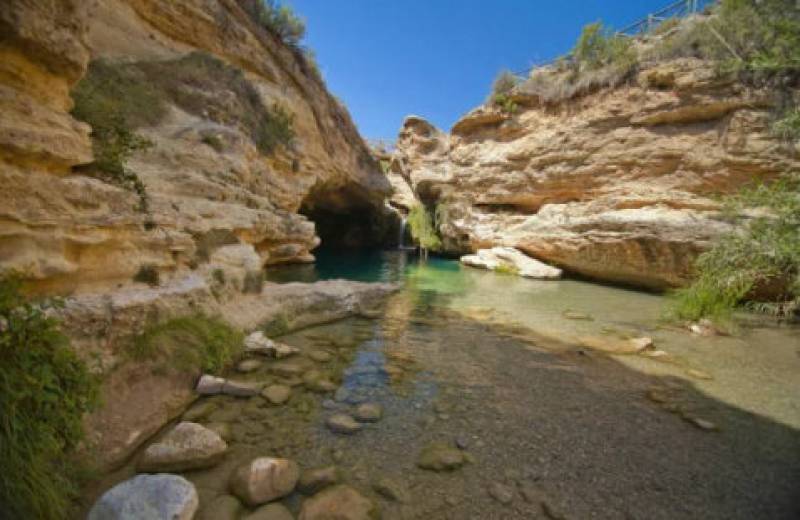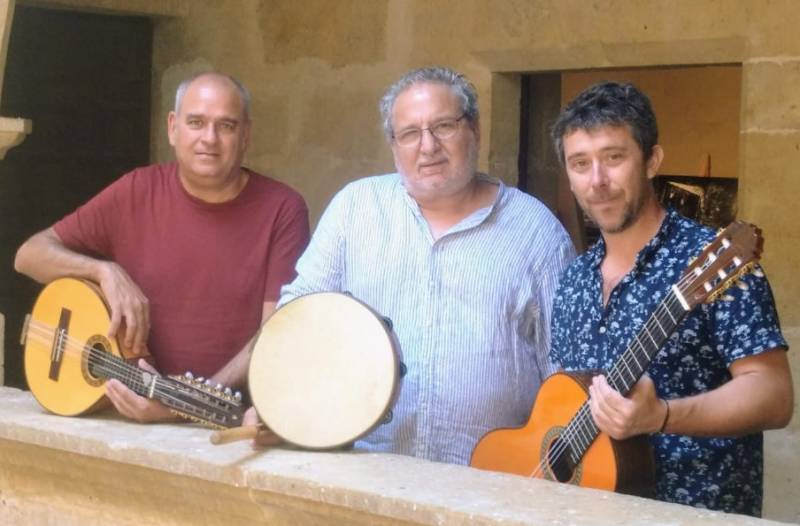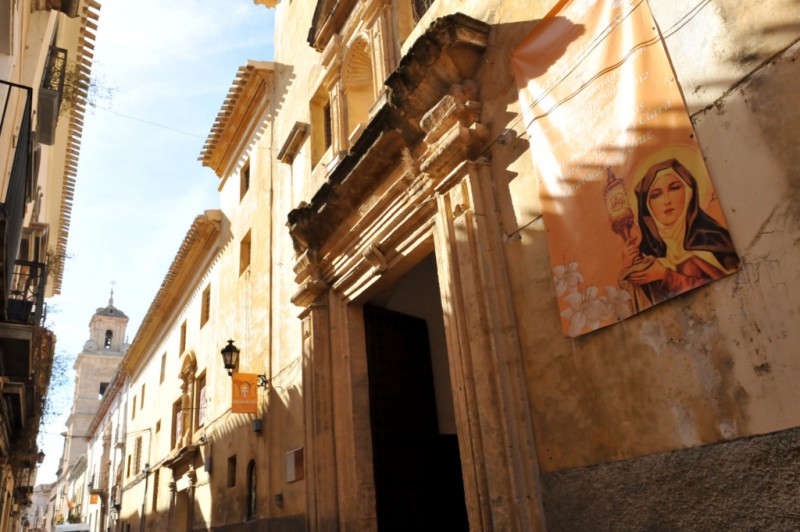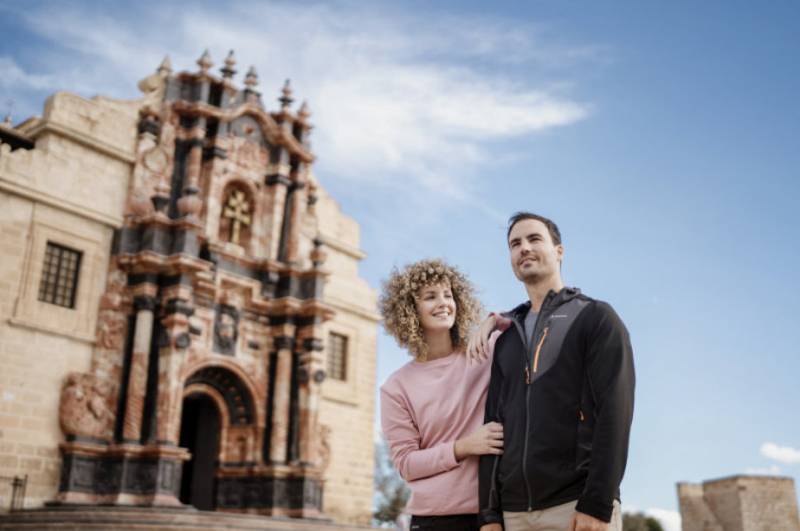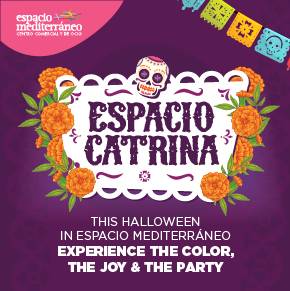- Region
- Águilas
- Alhama de Murcia
- Jumilla
- Lorca
- Los Alcázares
- Mazarrón
- San Javier
-
ALL AREAS & TOWNS
- AREAS
- SOUTH WEST
- MAR MENOR
- MURCIA CITY & CENTRAL
- NORTH & NORTH WEST
- TOWNS
- Abanilla
- Abarán
- Aguilas
- Alamillo
- Alcantarilla
- Aledo
- Alhama de Murcia
- Archena
- Balsicas
- Blanca
- Bolnuevo
- Bullas
- Cañadas del Romero
- Cabo de Palos
- Calasparra
- Camping Bolnuevo
- Campo De Ricote
- Camposol
- Canada De La Lena
- Caravaca de la Cruz
- Cartagena
- Cehegin
- Ceuti
- Cieza
- Condado de Alhama
- Corvera
- Costa Cálida
- Cuevas De Almanzora
- Cuevas de Reyllo
- El Carmoli
- El Mojon
- El Molino (Puerto Lumbreras)
- El Pareton / Cantareros
- El Raso
- El Valle Golf Resort
- Fortuna
- Fuente Alamo
- Hacienda del Alamo Golf Resort
- Hacienda Riquelme Golf Resort
- Isla Plana
- Islas Menores & Mar de Cristal
- Jumilla
- La Azohia
- La Charca
- La Manga Club
- La Manga del Mar Menor
- La Pinilla
- La Puebla
- La Torre
- La Torre Golf Resort
- La Unión
- Las Palas
- Las Ramblas
- Las Ramblas Golf
- Las Torres de Cotillas
- Leiva
- Librilla
- Lo Pagan
- Lo Santiago
- Lorca
- Lorquí
- Los Alcázares
- Los Balcones
- Los Belones
- Los Canovas
- Los Nietos
- Los Perez (Tallante)
- Los Urrutias
- Los Ventorrillos
- Mar De Cristal
- Mar Menor
- Mar Menor Golf Resort
- Mazarrón
- Mazarrón Country Club
- Molina de Segura
- Moratalla
- Mula
- Murcia City
- Murcia Property
- Pareton
- Peraleja Golf Resort
- Perin
- Pilar de la Horadada
- Pinar de Campoverde
- Pinoso
- Playa Honda
- Playa Honda / Playa Paraíso
- Pliego
- Portmán
- Pozo Estrecho
- Puerto de Mazarrón
- Puerto Lumbreras
- Puntas De Calnegre
- Region of Murcia
- Ricote
- Roda Golf Resort
- Roldan
- Roldan and Lo Ferro
- San Javier
- San Pedro del Pinatar
- Santiago de la Ribera
- Sierra Espuña
- Sucina
- Tallante
- Terrazas de la Torre Golf Resort
- Torre Pacheco
- Totana
- What's On Weekly Bulletin
- Yecla


- EDITIONS:
 Spanish News Today
Spanish News Today
 Alicante Today
Alicante Today
 Andalucia Today
Andalucia Today
article_detail
The village of Archivel in the countryside of Caravaca de la Cruz
A picturesque rural retreat, a popular rural tourism destination and a wealth of history shared with Caravaca
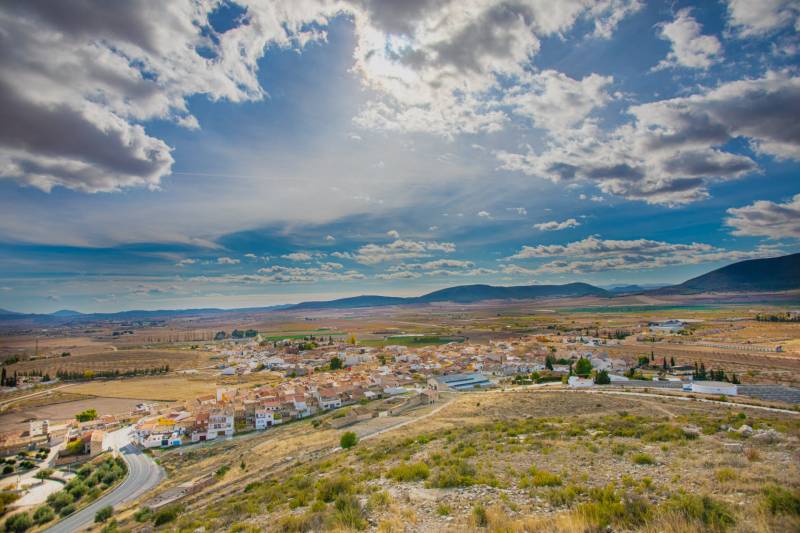 The village of Archivel lies in the municipality of Caravaca de la Cruz between Barranda (also in Caravaca) and Campo de San Juan (in Moratalla), in the mountain corridor which runs along the valley of the River Argos (click for map). It is home to approximately 1,200 people, although various residential properties are either empty or used only as holiday homes, and is especially popular among visitors who come to enjoy the unspoilt countryside, the wealth of archaeological remains (click here for the history of Archivel) and the pleasures of rural life!
The village of Archivel lies in the municipality of Caravaca de la Cruz between Barranda (also in Caravaca) and Campo de San Juan (in Moratalla), in the mountain corridor which runs along the valley of the River Argos (click for map). It is home to approximately 1,200 people, although various residential properties are either empty or used only as holiday homes, and is especially popular among visitors who come to enjoy the unspoilt countryside, the wealth of archaeological remains (click here for the history of Archivel) and the pleasures of rural life!
The natural environment of Archivel
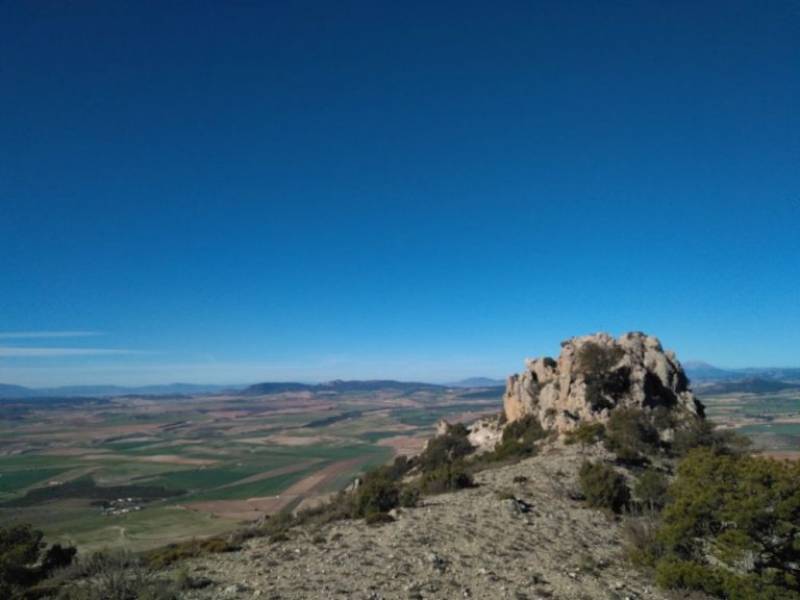 Archivel is surrounded by the mountains of Serrata de Caneja, Sierra de Mojantes and Majada de las Vacas, where Aleppo pine forests thrive alongside other Mediterranean conifers, and the Sierra de Mojantes has been declared an Area of Natural Interest and a wildlife protection zone due to the presence of numerous bird species and mountain goats.
Archivel is surrounded by the mountains of Serrata de Caneja, Sierra de Mojantes and Majada de las Vacas, where Aleppo pine forests thrive alongside other Mediterranean conifers, and the Sierra de Mojantes has been declared an Area of Natural Interest and a wildlife protection zone due to the presence of numerous bird species and mountain goats.
There are also scattered wetland areas such as Los Ojos de Archivel, La Fuente de la Muralla and La Loma Ancha, although the latter is now used for water distribution. The ecosystems in these damp habitats are bounteous due to the fresh water and include amphibians, reptiles and fish: in the Fuente de la Muralla there have been sizeable shoals of barbels which have on occasion attracted wading birds such as herons.
What to see in Archivel
The local church is dedicated to Santa Bárbara and is in the centre of the village. On the façade the main feature is a small niche containing an 18th century statue of the Saint, while inside are the figures of Santa Bárbara, the Virgen de la Esperanza and San Antón, all dating from the 20th century.
The church itself was built early in the 18th century although the newer belltower and its clock were added in the late 19th century. The clock was not installed until 1903 and has been maintained ever since by the same local family. One of the two bells is devoted to Santa Bárbara and the other to San Antonio Abad and San Antonio de Padua.
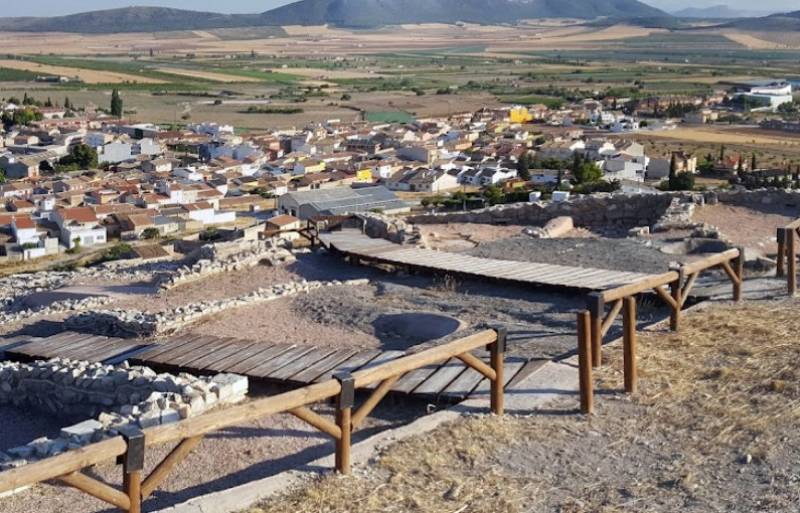 The Cerro de la Fuente, the hill just north-west of the village, is a favourite destination for rural tourism and an area rich in archaeological heritage. Numerous excavations have been carried out here, with the findings including evidence of human occupation as long ago as the third millennium BC and from the Argaric culture a few hundred years later.
The Cerro de la Fuente, the hill just north-west of the village, is a favourite destination for rural tourism and an area rich in archaeological heritage. Numerous excavations have been carried out here, with the findings including evidence of human occupation as long ago as the third millennium BC and from the Argaric culture a few hundred years later.
A Roman castle was also built here and is signalled by a sculpture, and the site is dominated by a large statue of Christ with his arms outstretched Rio de Janeiro-style!
The top of the hill reaches an altitude of around 1,000 metres above sea level, affording superb views over the village and the surrounding countryside.
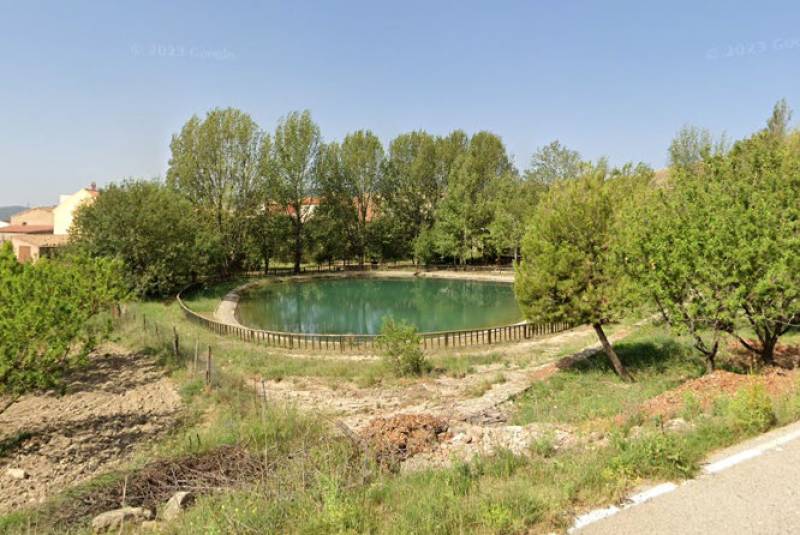 The Fuente de la Muralla is a natural freshwater spring which is enclosed on one side by a wall, making a small lake. After years of renovation the area, on the edge of the village, now contains a children’s park and barbecue area.
The Fuente de la Muralla is a natural freshwater spring which is enclosed on one side by a wall, making a small lake. After years of renovation the area, on the edge of the village, now contains a children’s park and barbecue area.
The Mierera de La Muralla is an ancient stone oven finished with adobe or plaster, measuring 1.2 metres in diameter and just 50 centimetres in interior diameter, so thick are the walls. Only a metre or so of the structure remains above ground.
It was used to produce “miera”, a kind of sealing tar made from the resin of trees which was used to cure mange and other conditions in cattle. The wood distilled was green juniper rather than the bark or stalks as in other similar products, and this particular oven is practically unique in the Region of Murcia.
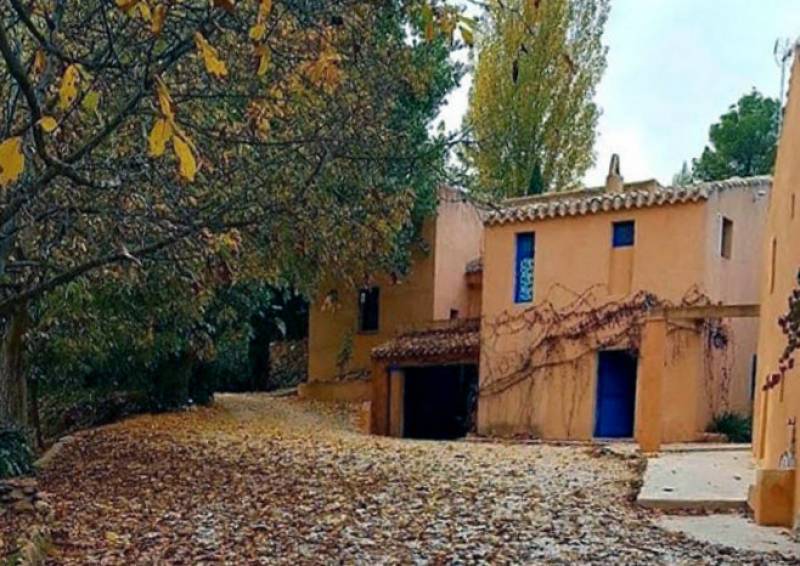 The Molino Harinero del Río is a flour mill alongside the Camino Viejo de Archivel and dates back to the first years of the 16th century. The building is divided into two areas, one residential and the other for milling, and it functioned with a horizontal wheel and three grindstones, taking the water from the River Argos on which it stands. Despite its age, the machinery and construction show a considerable degree of expertise on the part of the builders, using just stone and wood as their materials.
The Molino Harinero del Río is a flour mill alongside the Camino Viejo de Archivel and dates back to the first years of the 16th century. The building is divided into two areas, one residential and the other for milling, and it functioned with a horizontal wheel and three grindstones, taking the water from the River Argos on which it stands. Despite its age, the machinery and construction show a considerable degree of expertise on the part of the builders, using just stone and wood as their materials.
In the early years of repopulation of this part of Spain the mill served as an economic and community hub, and it is still popular with visitors today, housing rural accommodation and a restaurant.
Gastronomy
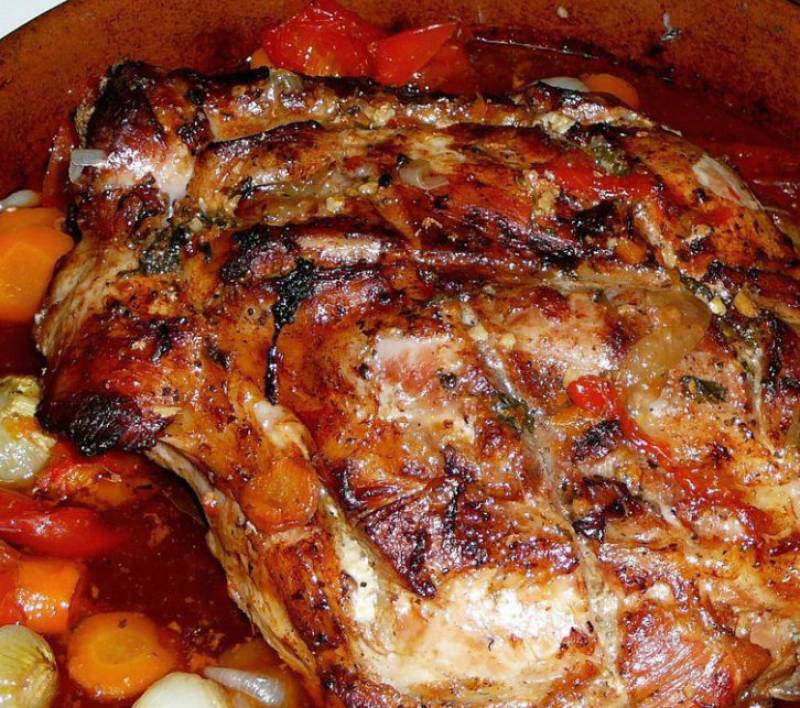 The typical cuisine of Archivel is similar to that found in other rural areas of Caravaca de la Cruz and is well supplied by local crop and cattle farming. One of the favourites is the filling and warming “migas”, especially in winter, while as elsewhere in Spain special occasions are likely to be accompanied by a rice dish with top quality local meat.
The typical cuisine of Archivel is similar to that found in other rural areas of Caravaca de la Cruz and is well supplied by local crop and cattle farming. One of the favourites is the filling and warming “migas”, especially in winter, while as elsewhere in Spain special occasions are likely to be accompanied by a rice dish with top quality local meat.
This area is especially rich in pork meat, lamb and fruit, and other popular dishes include, “olla caravaqueña”, rabbit paella, “empedrado con liebre” (containing hare meat) and “tartera caravaqueña” (roast lamb). There are also a host of meat products and stews, while soups use ingredients such as pumpkins and squashes, spinach, chard, celery and various herbs.
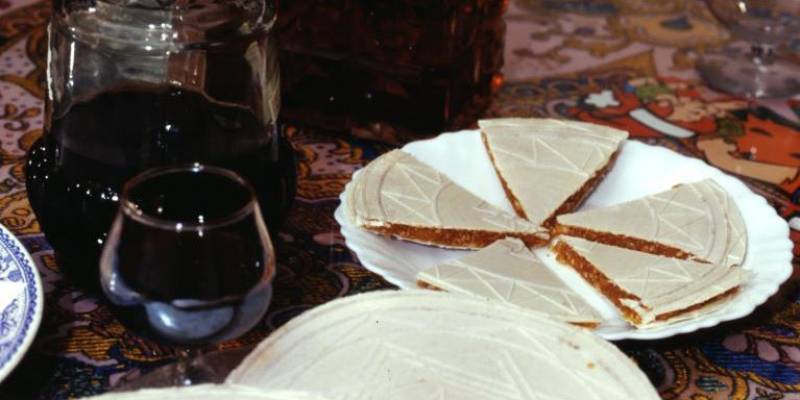 The sweet dishes of Caravaca (and, by extension, Archivel) are renowned for their quality and the use of the locally produced honey dough. Particularly well-known are the famous “yemas” and “alfajor”, especially at Christmas, with both derived from Islamic and Moorish cuisine.
The sweet dishes of Caravaca (and, by extension, Archivel) are renowned for their quality and the use of the locally produced honey dough. Particularly well-known are the famous “yemas” and “alfajor”, especially at Christmas, with both derived from Islamic and Moorish cuisine.
The annual fiestas of Archivel
The annual fiestas are held in honour of Santa Bárbara in early December to coincide with her Saint’s Day on the 4th, and alongside religious services there are the typical fun and games, music, dancing and hearty community meals. The balconies are adorned with decorations for the duration of the celebrations.
Further information about Caravaca is available from the tourist office (Plaza de España, 7, telephone 968 702424, email turismo@caravacadelacruz.es).
Or for more local information, including the Holy Jubilee Year as well as local news and what’s on, go to the home page of Caravaca Today.
Contact Murcia Today: Editorial 000 000 000 /
Office 000 000 000



